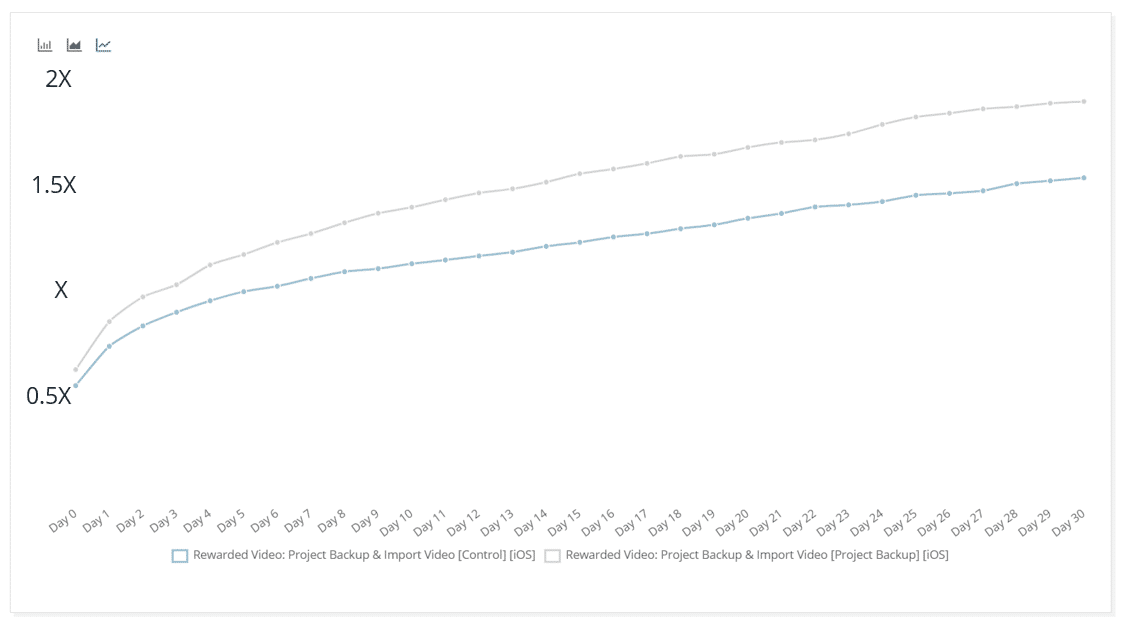Case Study: Removing paywalls increase user retention, bump revenue 21%
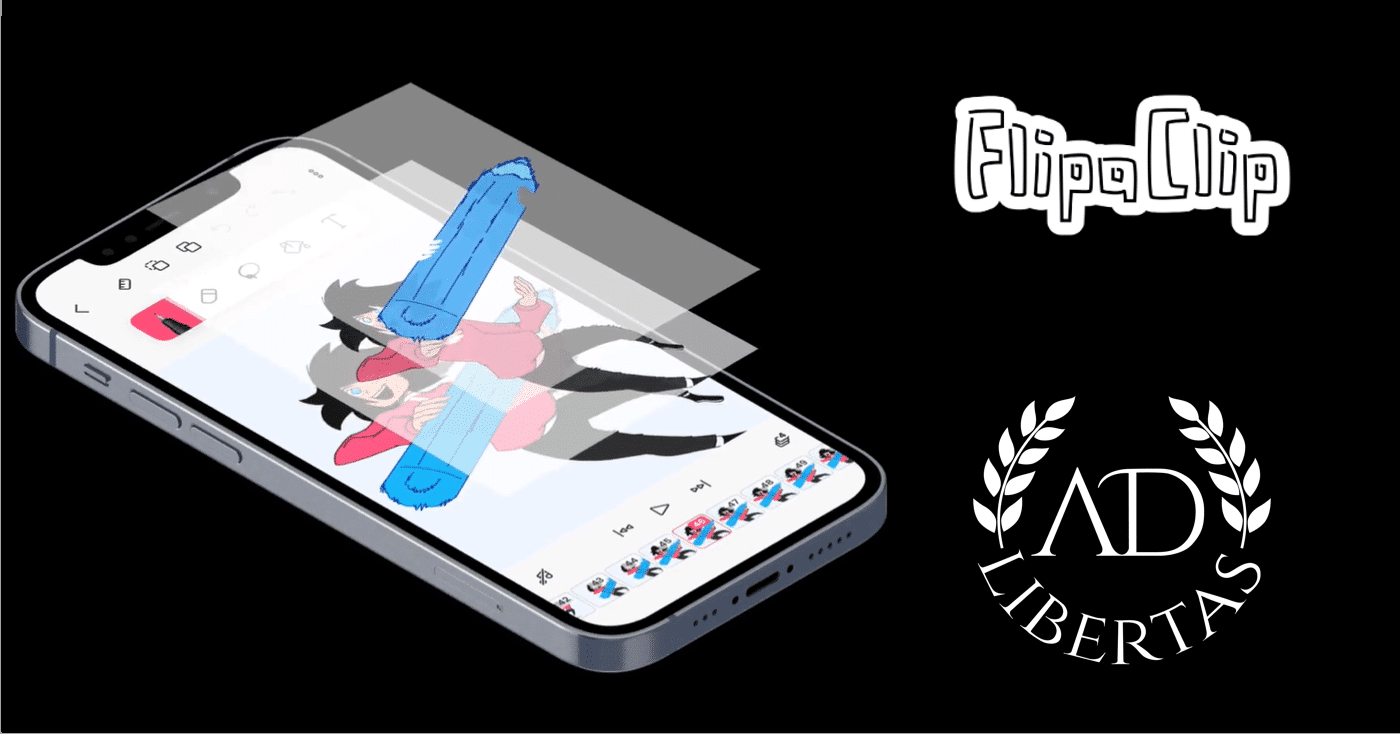
The team at VisualBlasters is constantly looking for methods to boost user retention and boost user-engagement on their popular animation apps.
Testing a hypothesis, Geoff Hladik released some paid-features to users and was surprised to see that — in addition to increasing retention — user revenue jumped as well.
Moreover, the new features uncovered patterns previously unseen in user-behavior that are leading to fundamental changes to their apps.
Background:
VisualBlasters has created a cultural phenomenon. Even if you haven’t heard of their award-winning animation app FlipaClip you’re probably among the-over 1 billion views of their creator’s content on social media. Their users average a mind-boggling 47-minutes in the app a day developing beautiful animations.
“User-retention of our creators is a very important metric for our success.
Because the nature of animation has a steep learning curve, it’s important to get these creators over the hump of initial education – after that they stick around for a long time.”
The Test:
VisualBlasters uses Firebase for Remote Configuration & AB testing. Their app is monetized both by ads (served via MoPub) and via in-app purchases to unlock features.
Two examples of those paid features are “Project Backup” – which allows users to save animation progress to the cloud—and “Import Video” which allows a creator to import videos for the purpose of editing previously created media.
“Since a better user user-experience is the goal, we set up a test to see if giving away paid features would increase retention and time-in-app.
Revenue was a secondary goal in this test but we decided to put the ‘free’ features behind a rewarded video.”
-Geoff
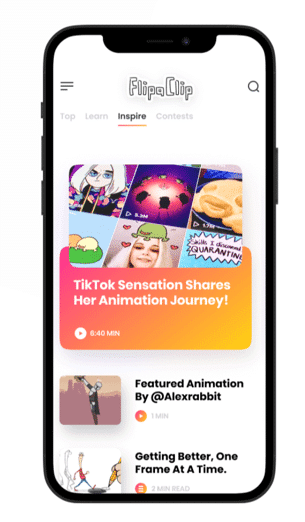
The Results:
Above in grey is the LTV of users who were given the paid features for free, after engaging with a reward video. The 21% revenue increase was driven by both increased user retention, more ad revenue per user and– surprisingly– more IAP events.
What happened next was extraordinary:
1.Ad revenue went up: increased views of reward videos drove up revenue for the users that unlocked features.
2.User retention went up: much as Geoff surmised, users liked the additional feature and stuck around longer and shipped more videos.
3.In-app-purchases for the paid features went up: unexpectedly users who purchased the paid feature went up as well.

“Our theory is the creators started using a feature, liked it, but got sick of watching a reward video to enable it, so they bought the feature.
This is a win-win because the creators are sticking around longer, using the app more, some are getting the features for free and overall we’re increasing revenue.”
-Geoff
The Unexpected Findings:
Using Audience Reporting Geoff drilled into the users in the AB test to see who exactly was driving the increased retention, and increased revenue and how it was impacting creator app usage.
“The new feature-use was bifurcated by device type. Phone users are one feature while the tablets were opting into another.
There were too few users to measure a trend before but the implications are huge for our product: the phone users are using the app for quick, fast engagements where the tablet users are using it as an ongoing long-term project.
This gives us a huge insight to how different users are using the platform – and means we may think about creating two apps to better serve the two audiences.”
On the right is a chart representing average user engagement of the newly unlocked feature “Project Backup”. Tablets are blue, phones in yellow. The rate of backing up a project was significantly higher for tablets.
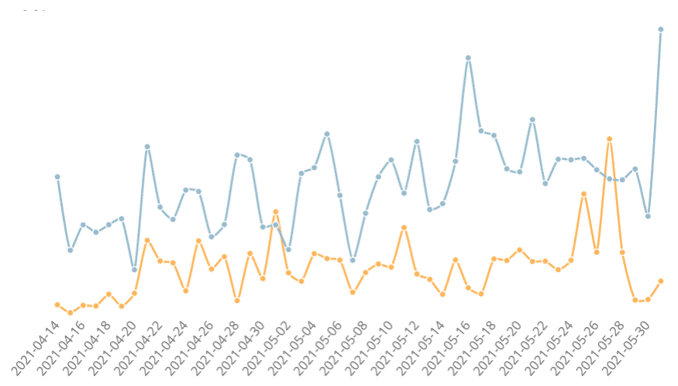
Here the chart shows average “Import Video” events per creator, where the phone users (yellow) shows a higher use than the tablet (blue) indicating a different type of animation usage by phone users.
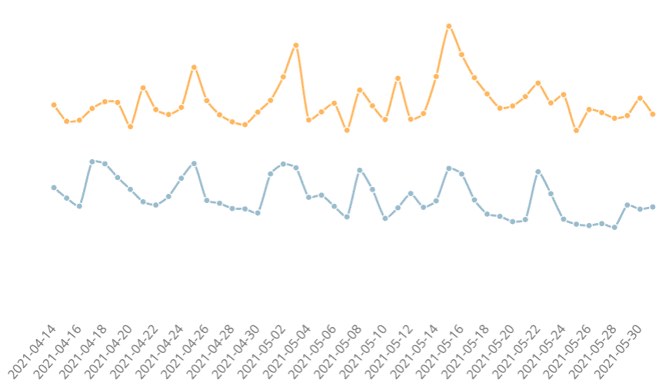
Interested to see how Geoff made his discoveries? See a demo of AdLibertas Audience Reporting or read about how the product works below.
